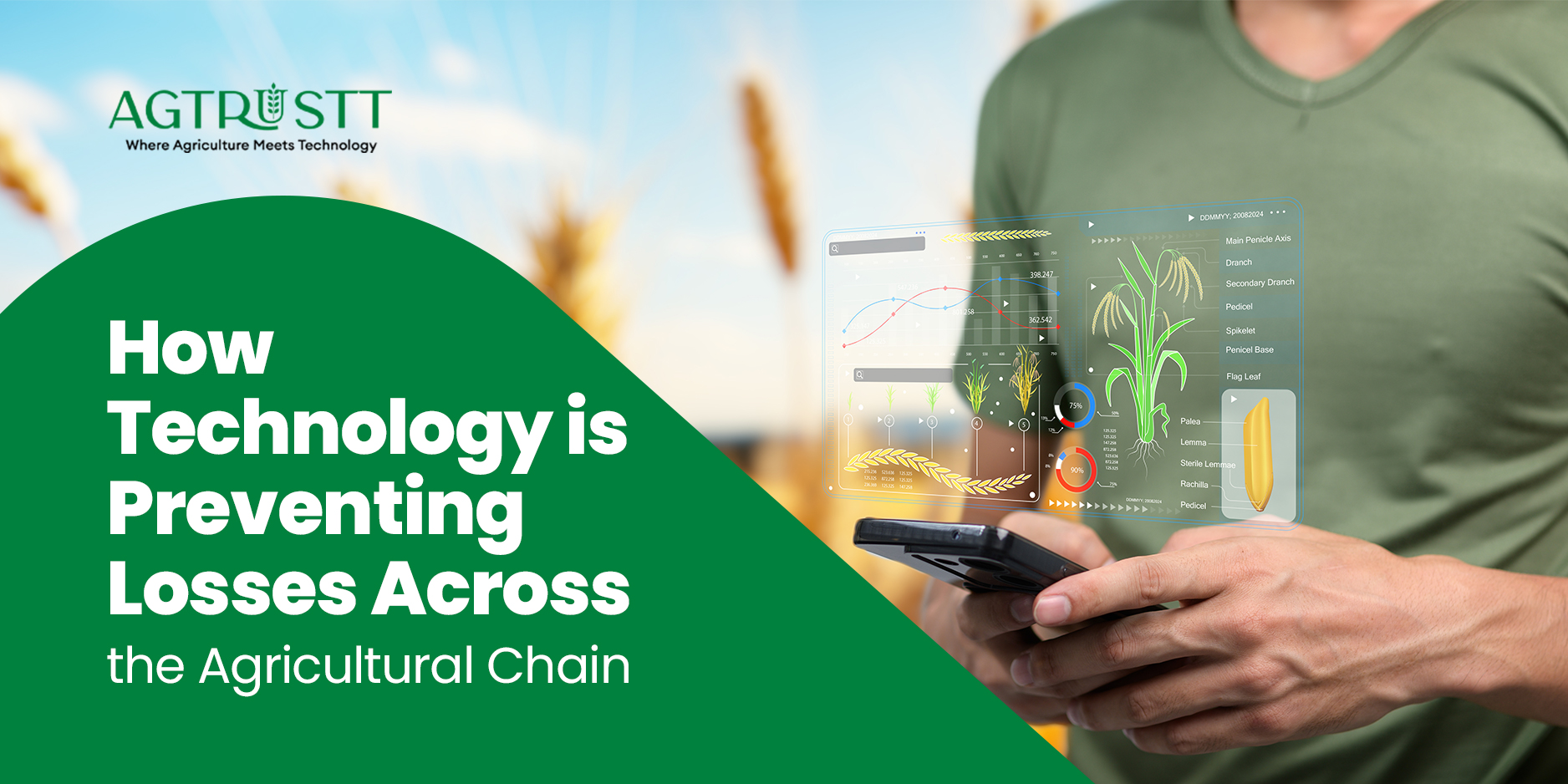The agricultural sector forms the foundation of food security, and losses at various levels of the value chain, from farm to factory, still impact productivity and profitability. Such losses are associated with poor tracking, fragmentation, and unavailability. With the advent of digital platforms, agriculture is evolving towards smarter solutions that minimize wastage, increase traceability, and instill confidence among stakeholders. The functioning of the agriculture supply chain is now being redefined by technology.
Digital Procurement for Reduced Wastage
The conventional procurement system is characterized by delay, intermediary control, and unchecked quality control, thereby contributing to the rejection and wastage of crops. Sourcing through digital procurement solutions is more transparent and traceable. Farmers and sellers can be verified on the spot, orders can be automated, and quality can be checked online. Agri tech solutions for farmers ensures that raw materials are up to standard, helps minimize the rate of rejection, and ensures that unnecessary losses are avoided even before the crops enter the production cycle.
How Does Technology Improve Production Efficiency?
The losses also occur during the processing phase when the tracking and monitoring are not efficient. Technology can also be used to trace production in batches, to move materials automatically, and to monitor processes in real time. Agricultural technology solutions help in avoiding mismanagement and minimizing downtime, and also maintain uniformity in output. Digital systems allow processors to locate inefficiencies more rapidly, reduce mistakes, and shorten production cycles to produce more and at a lower cost.
Smarter Inventory and Warehouse Management
When there is mismanagement of stock in a warehouse, losses to agriculture skyrocket. Agriculture supply chain new warehouse intelligence capabilities, including:
- Machine learning-based stacking algorithms that maximize storage space.
- Complete traceability of goods with barcode tags.
- Monitoring to avoid spoilage and delays in real time.
All these solutions enhance visibility, reduce bottlenecks, and improve warehouse operation efficiency, which helps to reduce the after-harvest losses significantly.
Why Is Real-Time Trading a Game Changer?
The agricultural trade has long been a victim of poor pricing and incompetence. Digital marketplaces help to create transparency because the stakeholders can observe real-time prices. There are also no middlemen who provide traders and farmers with fairer deals. Traders and manufacturers also use demand forecasting tools to manage their planning without overstocking or under-procurement. This computer transformation minimizes losses that occur due to fluctuation in prices and the inaccuracy of supply and demand cycles.
Increasing Traceability throughout the Value Chain
Accountability and food safety are global issues. With end-to-end traceable systems, products can be tracked out of the farm into the processing plant and ultimately into the market. Agri tech solutions for farmers will help not just help to build confidence in the buyers, reduce fraud, and ensure that the products are of quality. Technology can be used to reduce losses realized by recalls, disputes, or quality rejections by improving traceability.
Conclusion
With warehousing and trading, technology is wiping out inefficiencies and losses throughout the agricultural chain, beginning with procurement. It not only renders processes transparent, traceable, and data-driven, thus enhancing profitability, but it also ensures that food will be available in the future. As an agribusiness intending to implement such innovation, AgTrustt, a agriculture supply chain platform that supports transparency, traceability, and collaboration along the value chain, may be a smart move in the right direction.

